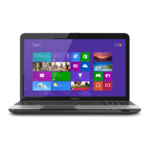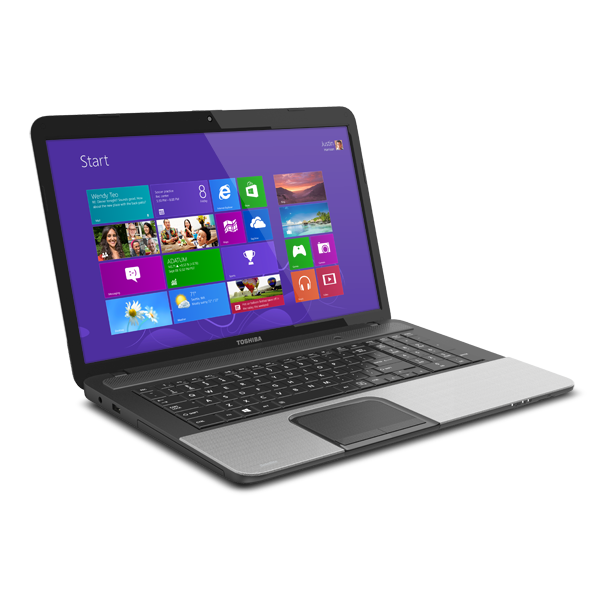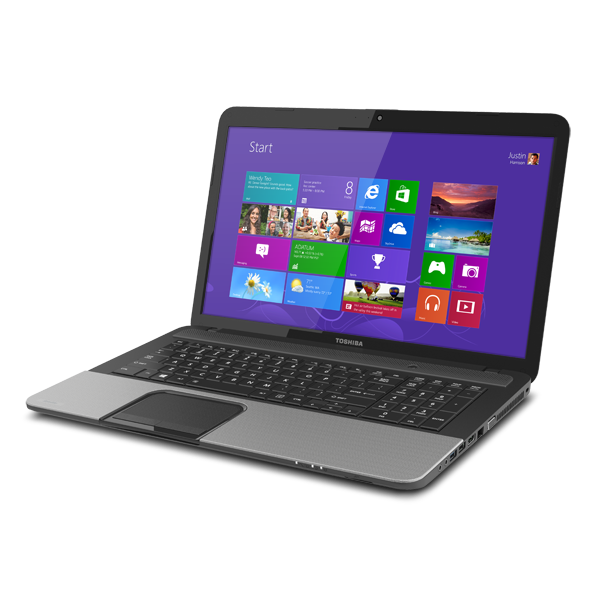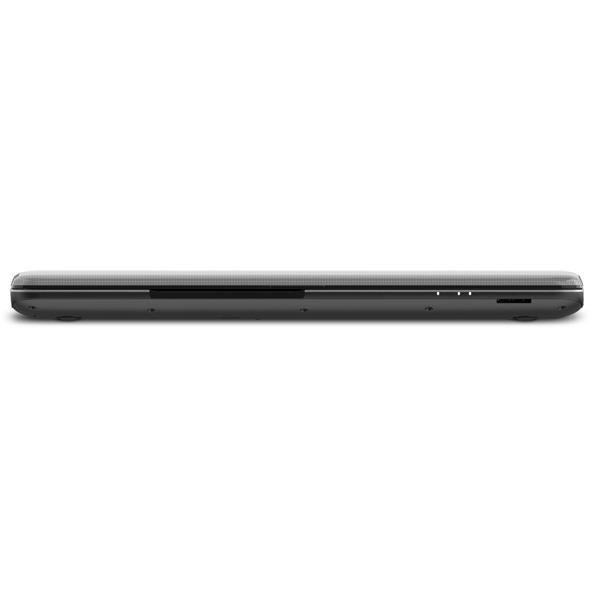Toshiba Satellite C875-S7340
Ausstattung / Datenblatt

Preisvergleich
Durchschnitt von 3 Bewertungen (aus 3 Tests)
Testberichte für das Toshiba Satellite C875-S7340
Quelle: IT Reviews
 EN→DE Archive.org version
EN→DE Archive.org versionThe Toshiba Satellite C875-S7340 is a solid entry-level laptop that gives budget-conscious users an opportunity to jump into Windows 8 without having to break the bank or settle for a bare-bones system. It goes beyond merely having the capability to perform day-to-day functions by letting users also dabble in media creation. Still, it’s not nearly as good a value as the Acer Aspire V5-571-6891, which offers a similar feature set for over $100 less.
Einzeltest, online verfügbar, Mittel, Datum: 27.02.2013
Bewertung: Gesamt: 60%
Quelle: PC Mag
 EN→DE Archive.org version
EN→DE Archive.org versionThe Toshiba Satellite C875-S7340 is a solid entry-level laptop that gives budget-conscious users an opportunity to jump into Windows 8 without having to break the bank or settle for a bare-bones system. It goes beyond merely having the capability to perform day-to-day functions by letting users also dabble in media creation. Still, it's not nearly as good a value as the Acer Aspire V5-571-6891, which offers a similar feature set for over $100 less. Nor is it as future-proofed as the Asus VivoBook S400CA-UH51, an entry-level ultrabook with a touch screen that only costs $80 more. That said, though, the Satellite C875-S7340 is still worth checking out thanks to its affordable price tag and ability to perform day-to-day functions as well as moderate media creation.
Einzeltest, online verfügbar, Kurz, Datum: 25.02.2013
Bewertung: Gesamt: 70%
Quelle: Computer Shopper
 EN→DE Archive.org version
EN→DE Archive.org versionThe Toshiba Satellite C875-S7340 won't wow you with performance, nor will it bowl you over with features. What it will do is handle your everyday home computing workload without draining your bank account. A firmer keyboard and a larger touchpad would be nice, as would a few more hours of uptime from the 6-cell lithium-ion battery.
Einzeltest, online verfügbar, Lang, Datum: 27.12.2012
Bewertung: Gesamt: 70%
Kommentar
Intel HD Graphics 4000: In Ivy Bridge Prozessoren (3. Generation Core) integrierte Grafikkarte in höchster Ausbaustufe. Je nach Prozessor (ULV bis Desktop Quad-Core) unterschiedlich getaktet.
Einige nicht anspruchsvolle aktuelle Spiele können mit geringen Details noch flüssig gespielt werden. Für Office und Video natürlich ausreichende Leistungsreserven.
» Weitere Informationen gibt es in unserem Notebook-Grafikkartenvergleich und der Benchmarkliste.
3110M: Auf der Ivy Brige Architektur basierender Doppelkernprozessor (2,4 GHz) mit integrierter Grafikkarte und integriertem DDR3 Speicherkontroller.» Weitere Infos gibt es in unserem Prozessorvergleich Vergleich mobiler Prozessoren und der Prozessoren Benchmarkliste .






